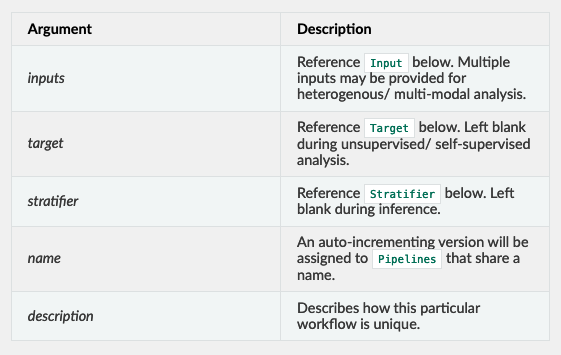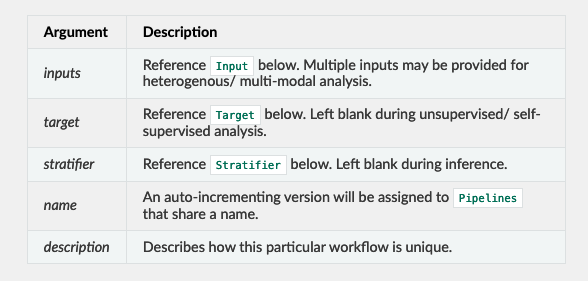In addition to what was previously mentioned, I have two more tips on how to control width of the columns in a HTML or potentiality PDF generated from a MD with pandoc.
1. mutliline tables
Check the documentation for details, here are two examples that allow you to tune the width of the columns as you wish.
From the documentation:
In multiline tables, the table parser pays attention to the widths of the columns, and the writers try to reproduce these relative widths in the output. So, if you find that one of the columns is too narrow in the output, try widening it in the Markdown source.
a)
-----------------------------------------------------------------------
type A B
----- -------------------------------- --------------------------------
abc  
defg  
-----------------------------------------------------------------------
b)
----------- ------- --------------- -------------------------
First row 12.0 Example of a row that
spans multiple lines.
Second row 5.0 Here's another one. Note
the blank line between
rows.
----------- ------- --------------- -------------------------
: Here's a multiline table without headers.
2. Controlling image width in table
I often found myself dealing with overflow when generating table of images from markdown. Passing in a width=XYZpx argument to markdown image parser did the trick for me and is very simple:
type | *A* | *B*
:---: | :---: | :---:
abc |{width=200px}|{width=200px}
def |{width=200px}|{width=200px}
You can also check this answer on correctly sizing images in markdown.



